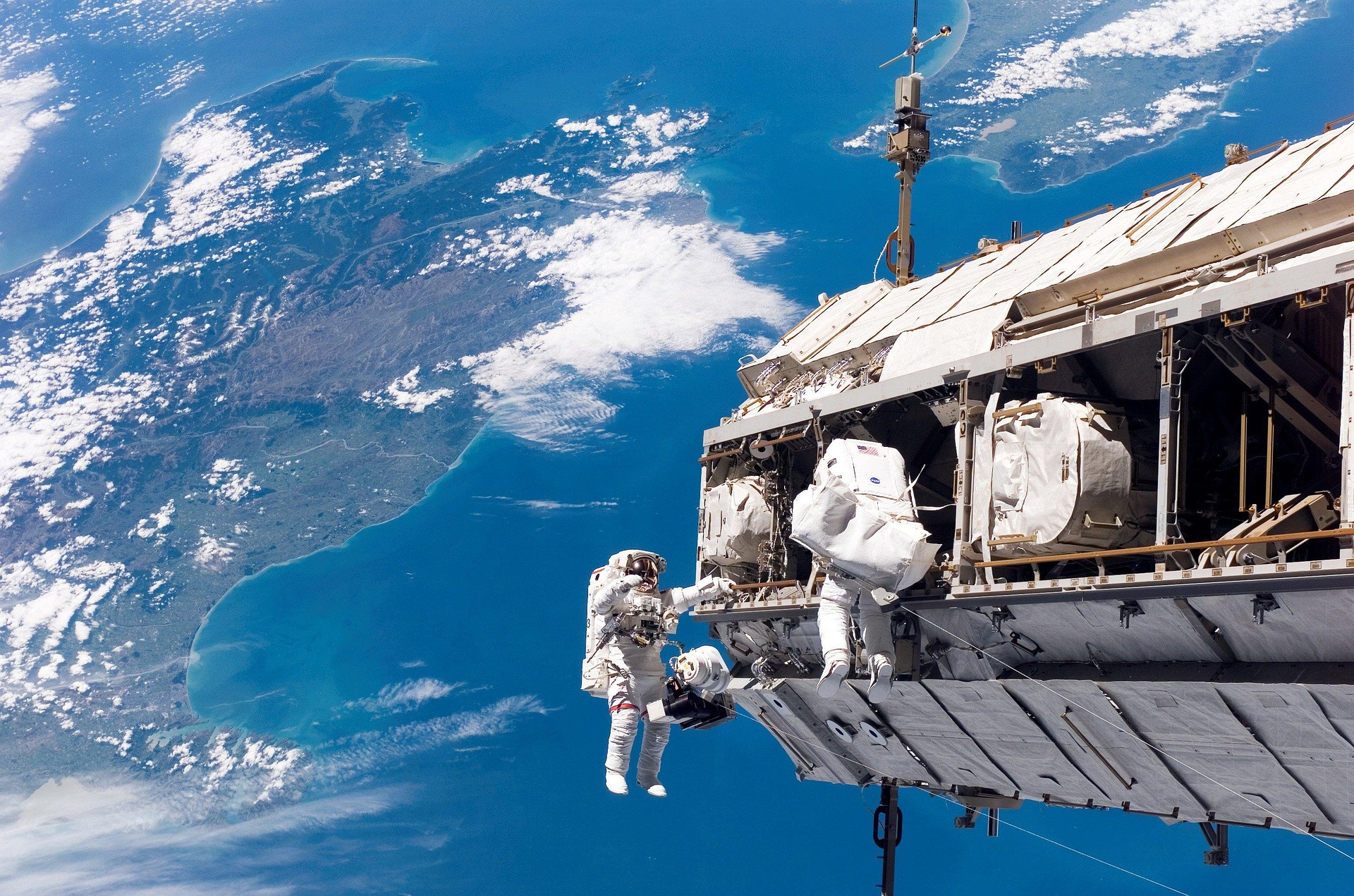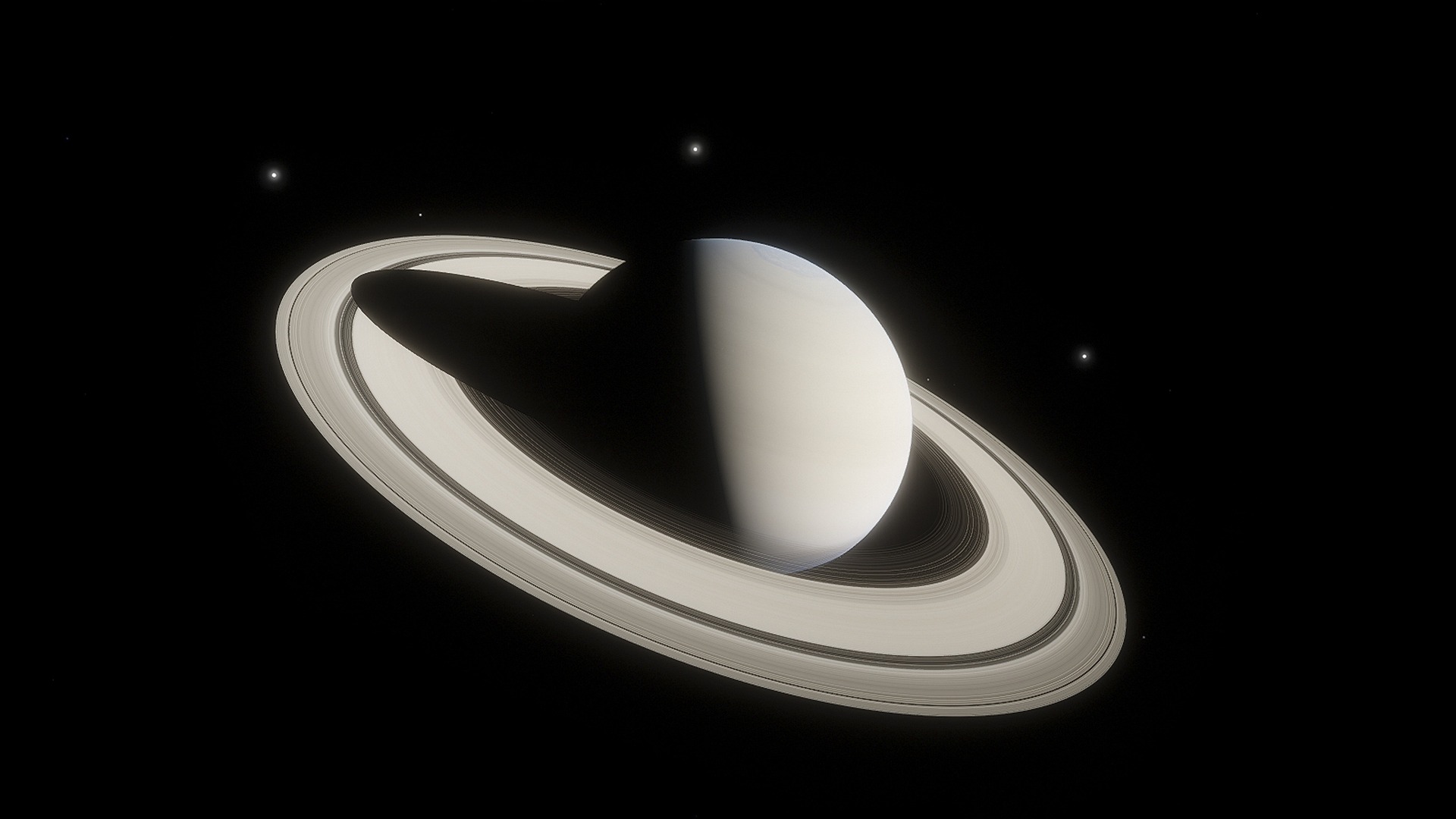On April 20, 2025, veteran astronaut Don Pettit returned from space after spending 220 days aboard the International Space Station—landing back on Earth the same day he turned 70. This mission makes him the oldest active-duty astronaut in NASA’s history to complete a long-duration spaceflight, redefining the boundaries of age and human performance in microgravity.
A mission that broke age barriers
Pettit launched aboard the Soyuz MS-26 spacecraft on September 11, 2024, with Roscosmos cosmonauts Alexey Ovchinin and Ivan Vagner. Over the course of their mission, the crew circled the Earth 3,520 times and traveled roughly 93 million miles. While aboard the ISS, Pettit worked on experiments involving water purification, plant growth in microgravity, and fire dynamics in space. He also continued his well-known astrophotography work, capturing striking images of auroras and passing satellites.
Challenging reentry for a veteran
Upon landing in Kazakhstan, Pettit experienced the classic symptoms of returning to Earth’s gravity—nausea, dizziness, and muscle fatigue. These effects are common even among younger astronauts but were especially significant given Pettit’s age. Despite the discomfort, he downplayed the challenges, attributing them to the natural consequences of transitioning from microgravity back to Earth’s pull.
Weightlessness and the age paradox
Speaking to media after landing, Pettit described space as something of a “fountain of youth.” The absence of gravity relieved many of the physical aches associated with aging. “Out there, your body doesn’t feel old,” he said. Pettit expressed interest in continuing his astronaut career, joking that he still has fuel in the tank for another flight or two.
A career of milestones
First selected by NASA in 1996, Pettit has logged 590 days in space across four missions. He is known not just for his science work but for his role in capturing SpaceX’s first Dragon capsule at the ISS in 2012—an historic moment in commercial spaceflight. His longevity and scientific rigor have made him a respected figure across the international astronaut corps.
Unusual detour post-landing
After returning from Kazakhstan, Pettit made an unexpected stop in Scotland en route to Houston. The brief detour added a final, quirky chapter to an already unusual mission. He later arrived at Johnson Space Center for standard post-mission medical evaluations.
Implications for the future
Pettit’s successful long-duration mission at 70 highlights the growing understanding that age, while still a factor, may not be the barrier to spaceflight that it once was. With better health monitoring, training, and spacecraft design, older astronauts may soon become more common—not exceptions.
NASA’s continued trust in Pettit’s capabilities also signals a shift toward broader inclusion in long-duration missions, especially as agencies plan future crewed journeys to the Moon, Mars, and beyond.





